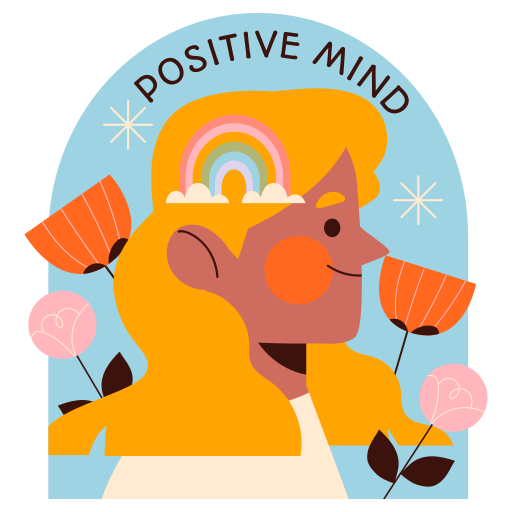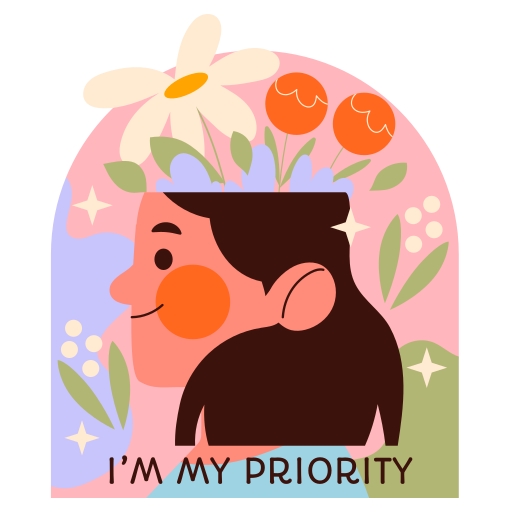Have you ever had thoughts that pop into your head out of nowhere, making you feel uneasy or scared? These are called intrusive thoughts, and they can be pretty intense. People all around us experience these kinds of thoughts, from worrying about small things to imagining really scary or violent stuff. It's like our minds can surprise us with all sorts of ideas, even ones we don't want to think about!
Understanding these intrusive thoughts is super important because it helps us know how to handle them when they show up. By exploring different examples of these thoughts, like the scary ones or the ones that make us feel upset, we can learn more about how our minds work and how to deal with these thoughts in a kind and thoughtful way. So, next time a weird thought pops up in your head, remember, you're not alone, and there are ways to manage these thoughts with care and understanding.
Common Types of Intrusive Thoughts
Intrusive thoughts are like pesky visitors in our minds, popping in without permission. These unwelcome thoughts come in different forms, such as violent, sexual, religious, health-related, and relationship-related. Let's take a closer look at each type.
Violent intrusive thoughts are like scary movies playing in our heads, showing harm or aggression towards ourselves or others. Sexual intrusive thoughts are like embarrassing secrets we can't shake off, involving inappropriate or taboo desires. Religious intrusive thoughts might feel like breaking the rules, with sacrilegious or blasphemous ideas that clash with our beliefs.
Health-related intrusive thoughts are like hypochondriac worries on repeat, focusing on fears of sickness, contamination, or getting hurt. Relationship-related intrusive thoughts are like doubts creeping in, questioning love, trust, or loyalty in our connections with others.
These intrusive thoughts can be distressing, but remember, they're more common than you think. It's essential to seek support if they become overwhelming.
Examples of Violent Intrusive Thoughts
When scary thoughts pop into our minds that make us imagine hurting ourselves, our family, or even strangers, it can be really tough to handle. These thoughts can be like watching a scary movie in our heads, showing us images of weapons, accidents, or violent situations. For example, we might picture hurting our family, imagine fights with strangers, see weapons in our minds, or feel like we're in extreme danger. It's important to know that these thoughts are called violent intrusive thoughts, and it's okay to ask for help to understand and manage them. Here are some examples of these thoughts:
- Seeing images of hurting our loved ones
- Thinking about aggressive actions towards strangers
- Visualizing weapons in our minds
- Feeling like we're in intense harm
Distressing Intrusive Thoughts Examples

Experiencing upsetting intrusive thoughts can be tough for many people dealing with mental health challenges. These unwanted thoughts can show up in different ways, causing lots of distress and confusion. Here are some examples of distressing intrusive thoughts:
- Scary thoughts about hurting a baby: Thinking about harming a defenseless child can be really upsetting, making you feel guilty and scared.
- Violent ideas: Having thoughts about doing violent or illegal things can make you doubt yourself and feel really uneasy inside.
- Worrying doubts: Doubts about your abilities, relationships, or what's ahead can lead to unsettling thoughts that are hard to shake off.
These examples show the range of distressing intrusive thoughts that people may face, causing feelings of distress, guilt, and inner turmoil. It's important to learn how to manage these thoughts well to take care of your mental well-being and overall quality of life.
Managing Sexual Intrusive Thoughts
Understanding and Managing Unwanted Thoughts
Dealing with thoughts that pop up out of nowhere can be tough, especially when they're about things that make us uncomfortable. These thoughts can be sparked by worries, stress, or things from the past. The key is to handle these thoughts without being hard on yourself and to get the right kind of help. One helpful method is called cognitive behavioral therapy (CBT), which can help challenge and change these intrusive thoughts. Talking to a therapist or a mental health pro can also give you personalized tips on how to handle these thoughts better. Here are some simple ways to tackle those unwanted thoughts:
- Stay Present: Try to focus on what's happening right now and just watch those thoughts without letting them take over.
- Relax: Use techniques like deep breathing or tensing and relaxing your muscles to calm down and lower anxiety levels.
- Question Your Thoughts: Ask yourself if those thoughts are really true or if you can replace them with more positive ideas.
- Set Limits: Figure out what triggers these thoughts and try to avoid those situations or places.
Frequently Asked Questions
What Are Considered Intrusive Thoughts?
Intrusive thoughts encompass distressing mental experiences like violent impulses or doubts. They can disrupt daily life, causing self-doubt and guilt. Understanding triggers, cognitive distortions, and coping strategies, along with professional help and support systems, is crucial for managing them effectively.
How Do You Fix Intrusive Thoughts?
To address intrusive thoughts, individuals can benefit from cognitive therapy, mindfulness practices, positive affirmations, grounding techniques, distraction methods, exercise, journaling, meditation, self-care routines, and support groups. These strategies help manage and reduce the impact of intrusive thoughts effectively.
How Long Do Intrusive Thoughts Last?
Intrusive thoughts typically last from seconds to hours, influenced by intensity and individual's coping strategies. Common triggers, like stress, can extend their duration. Professional help offers coping mechanisms, mindfulness techniques, and support to manage their impact on daily life.
What if My Intrusive Thoughts Are Real?
When facing doubts about the reality of intrusive thoughts, implementing coping mechanisms like seeking help, practicing rational thinking, reality checking, using distraction techniques, showing self-compassion, engaging in mindfulness, trying cognitive therapy, journaling, and fostering supportive relationships can offer relief and clarity.

















